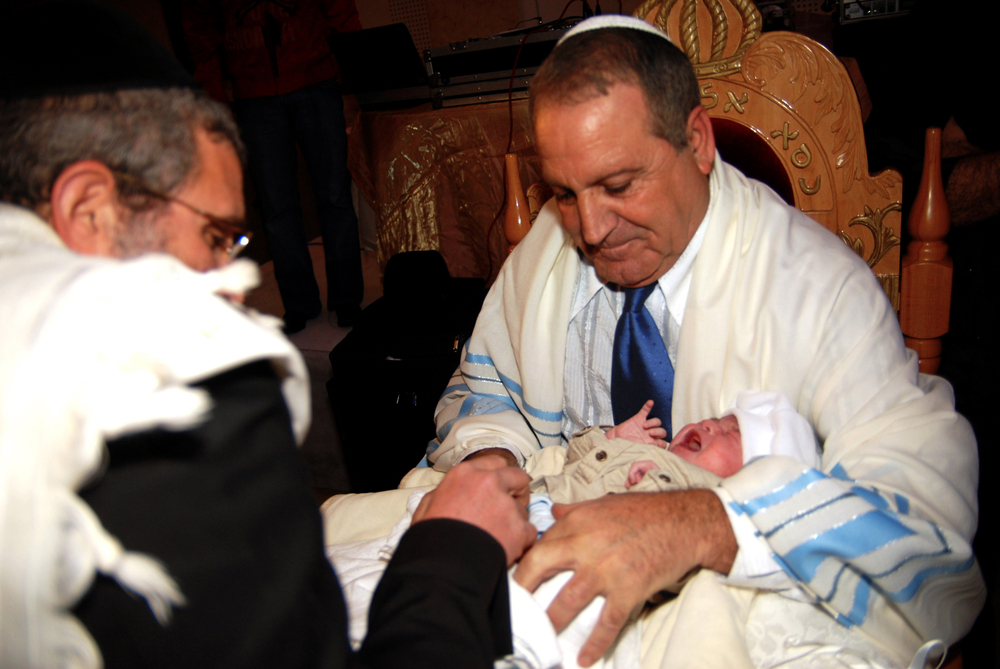In Parashas Korach, when the Jews complained in the Wilderness, the Torah tells us that an epidemic broke out, and Moshe directed Aharon to offer the special Incense offering (ketores) to atone for the nation. Rashi explains that this secret — the power of this incense to put an end to an epidemic — was disclosed to Moshe while he was in Heaven, by none other than the Angel of Death himself.
What is the unique potency of this offering to overpower the Angel of Death? In Parashas Ki Sisa, we learn that the ketores was made with a combination of different fragrances. Most of them had a pleasant scent, and when blended together, they created an even stronger and more wonderful aroma. However, one of the ingredients was the chelbenah, which on its own emitted a strong stench, but when combined with the other fragrances contributed to the wonderful aroma.
This teaches us, Rashi explains, to include everyone — even the sinners — when we repent. It is through the power of unity that the Jewish nation can blend together — with even the sinners being transformed — and bring forth a pleasant aroma. This is why the ingredients were mixed together, because it was only through the power of unity that the ketores was able to accomplish this lifesaving remedy.
While every person has his own individuality and unique talents, by joining forces, we can offer a much greater and more wonderful fragrance to Hashem. These feelings of unity bring positive interaction, and a special satisfaction (nachas ruach) to Hashem. This arouses Heavenly mercy, counteracting the negative influence of harmful interaction.
This is one reason why the ketores has the power to stop an epidemic. Since a contagious epidemic spreads from one person to another, it may be that the cause was a negative interaction with one’s surroundings, such as a lack of loving a fellow Jew, or even worse, unwarranted hatred (sinas chinam) for another Jew. The ketores counteracts this by our connecting in a positive way, reminding us to care for others and love every Jew.
With this in mind, we can understand why our rabbis teach us that reciting the passages in the Torah and the Talmud describing the ketores can stop a pandemic. While reciting the words is nice, the true way to tap into the power of the ketores is by absorbing its message. By stopping dispute and gossip (lashon hara), as well as caring for others and strengthening the feelings of unity between us, we can help bring an end to the epidemic.
This is especially appropriate when we see that this pandemic began after we celebrated Purim and performed the wonderful mitzvos of sending gifts of food to a friend (mishloach manos), and giving charity (matanos la’evyonim), which are meant to foster greater feelings of unity and friendship.
But, in truth, these practices are not limited to the message of Purim. If one was unable to hear the reading of the Megillah, the special She’hecheyanu blessing — recited for mitzvos performed only occasionally — is not recited specifically for the mitzvos of mishloach manos or matanos la’evyonim. As the Mishnah Berurah explains, this is because giving presents to others is something we should be doing all year round, and is nothing new for Purim.
Perhaps this is something for us to work on: bettering our interpersonal relationships. It doesn’t have to be something drastic. Everyone can find even simple ways to help others, such as calling someone who needs some kind words, or smiling to others. And, as the Chofetz Chaim writes, when we act kindly toward others, measure for measure (“middah k’neged middah”) we evoke kindness and mercy from Above, and we will merit an abundance of Heavenly blessings.
The above message of Purim is excerpted from Oorah’s Ask the Rabbi book by Rabbi Chaim Mintz, published by ArtScroll.


